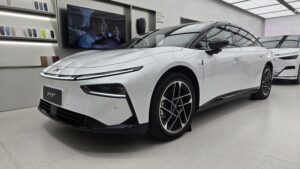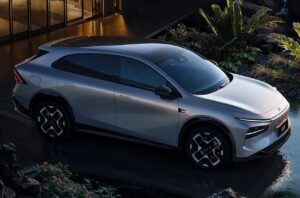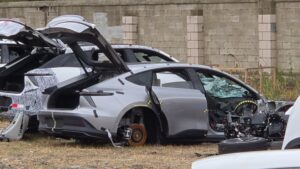Cars from BYD, AITO, XPeng, firefly, Tesla, Juneyao, Zeekr, Nissan, and Hyptec get approvals.
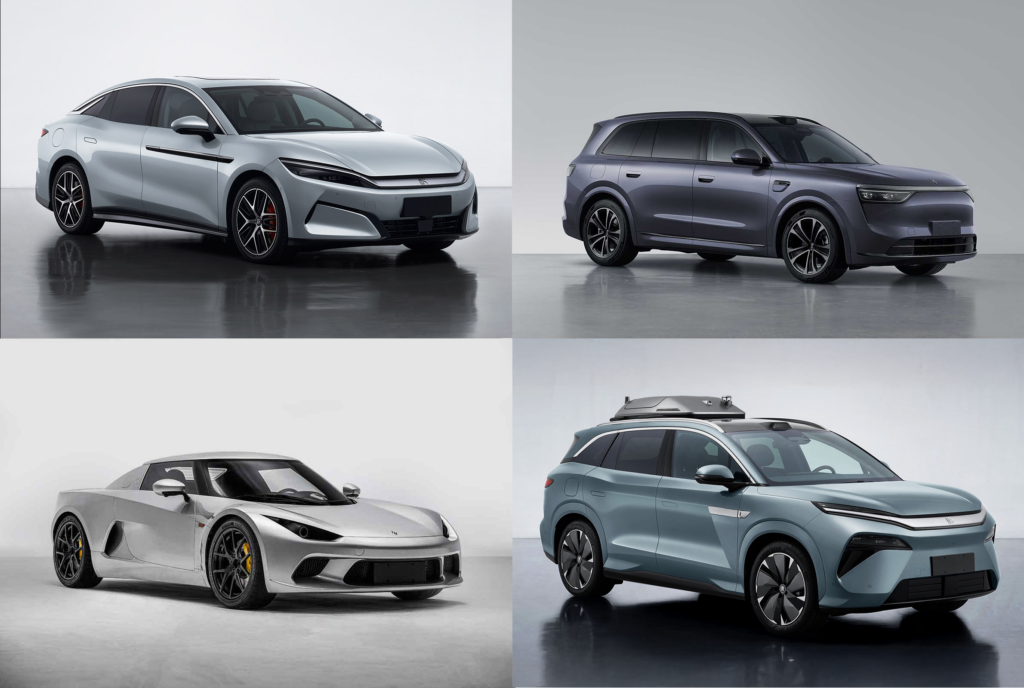
A bumper month of MIIT filings has seen the Yichi 01 two-seater sports car, a pair of super-powered BYDs, and a handful of important SUVs get approval from China’s technology authority.
The cars cover a range of electrified drivetrains (NEVs), from full electric (BEV) to extended range (EREV) to plug-in hybrid (PHEV), with some of 2025’s expected top sellers among them.
There’s only a few details along with each filing so let’s run through the headlines.
BYD Han L
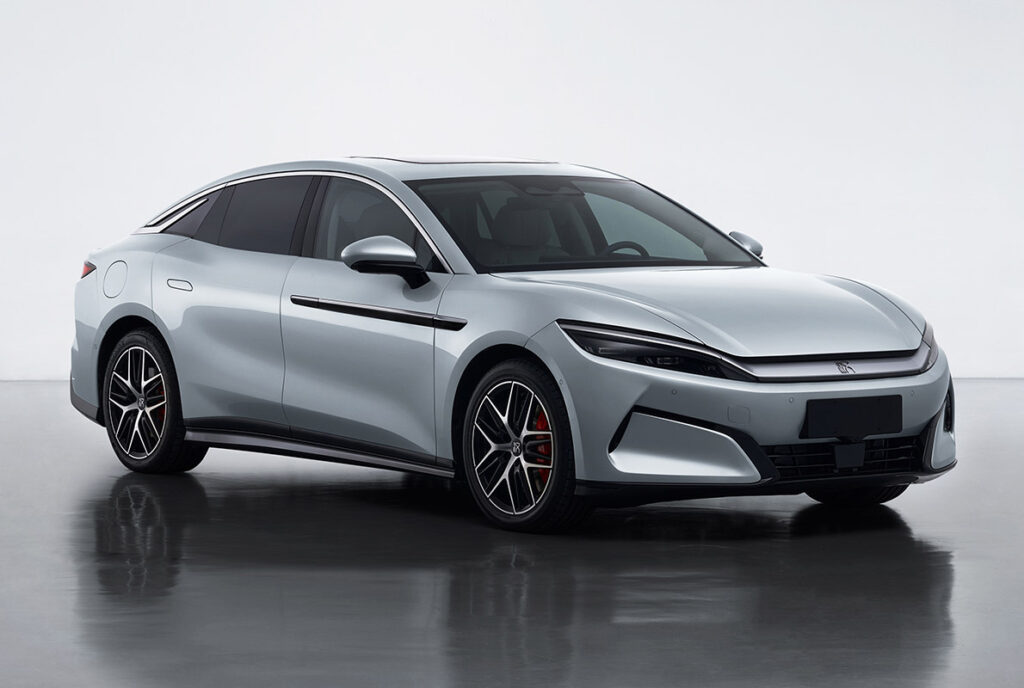
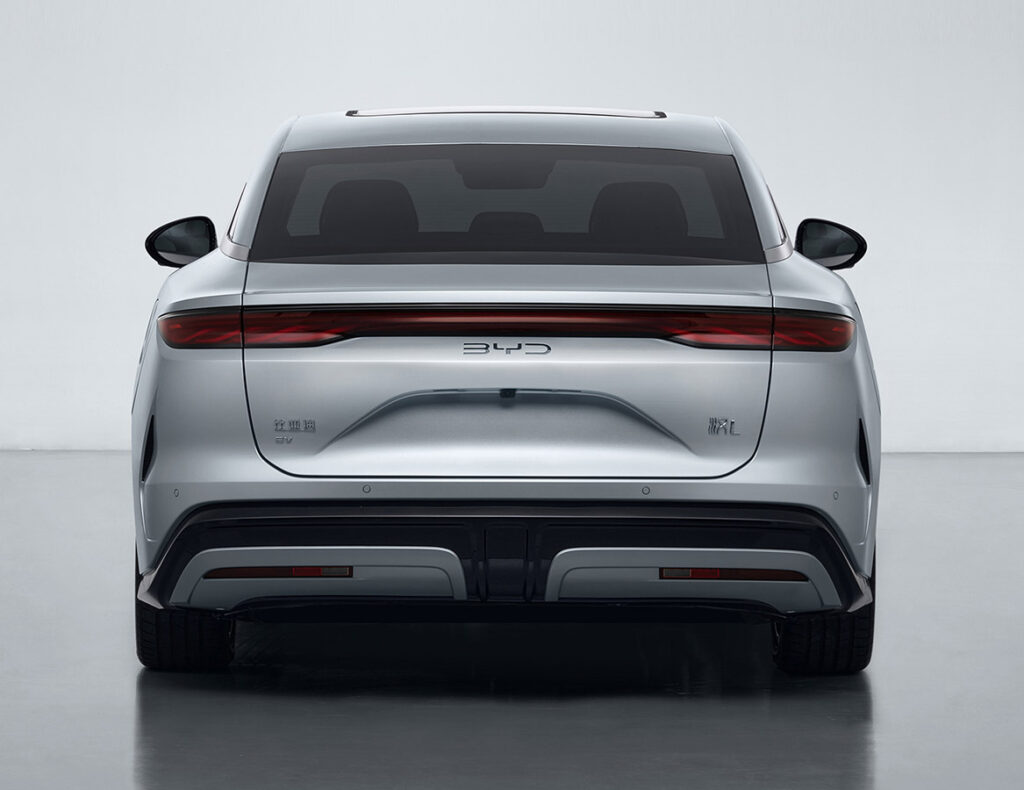
BYD’s Han has been around for a while now and has undergone a number of mild updates throughout its life, but the release of the L version sees the car grow by 5.5cm and gain the second most powerful electric motor ever deployed on an electric car after the Koenigsegg Gemera.
Set to be sold as a BEV and a PHEV, in EV form the Han L will come in either single-motor form with a remarkable 500kW motor on the rear axle, or an even more astonishing dual-motor version boasting a 230kW motor on the front axle and an even more powerful 580kW motor on the rear axle.
That’s just the small matter of 1,086hp in a family saloon, more than 300hp over a 2024 BMW M5. Optional badges suggest it’ll sprint to 100kph in just 2.7 seconds.
We’re not entirely sure why BYD has decided to turn the Han into a ballistic missile for the road, but it promises to be something quite outrageous when it hits the road.
Dimensions for the Han L will be 5.05 metres long, 1.96 metres wide, 1.505 metres tall, and with a wheelbase of 2.97 metres.
BYD Tang L
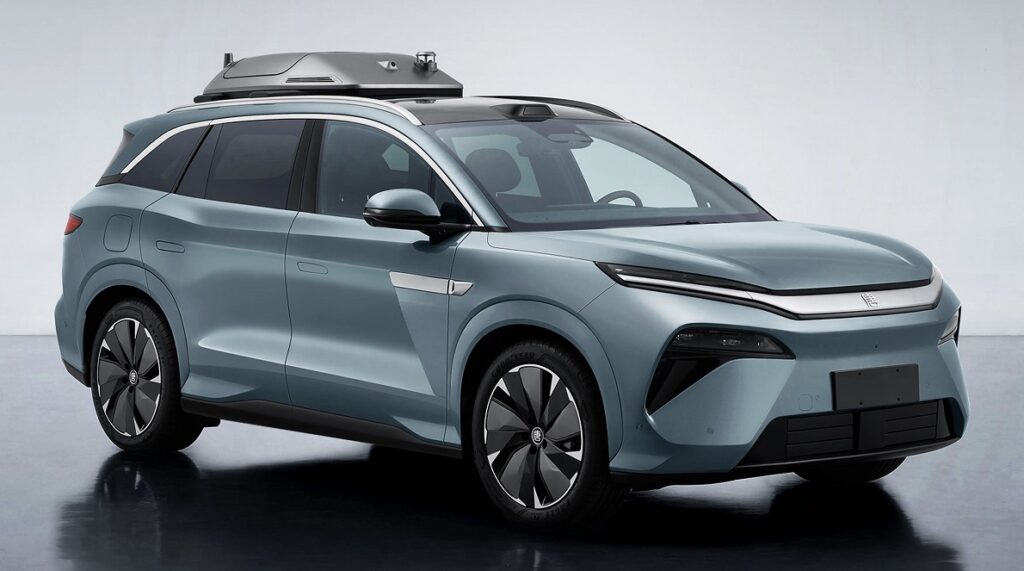
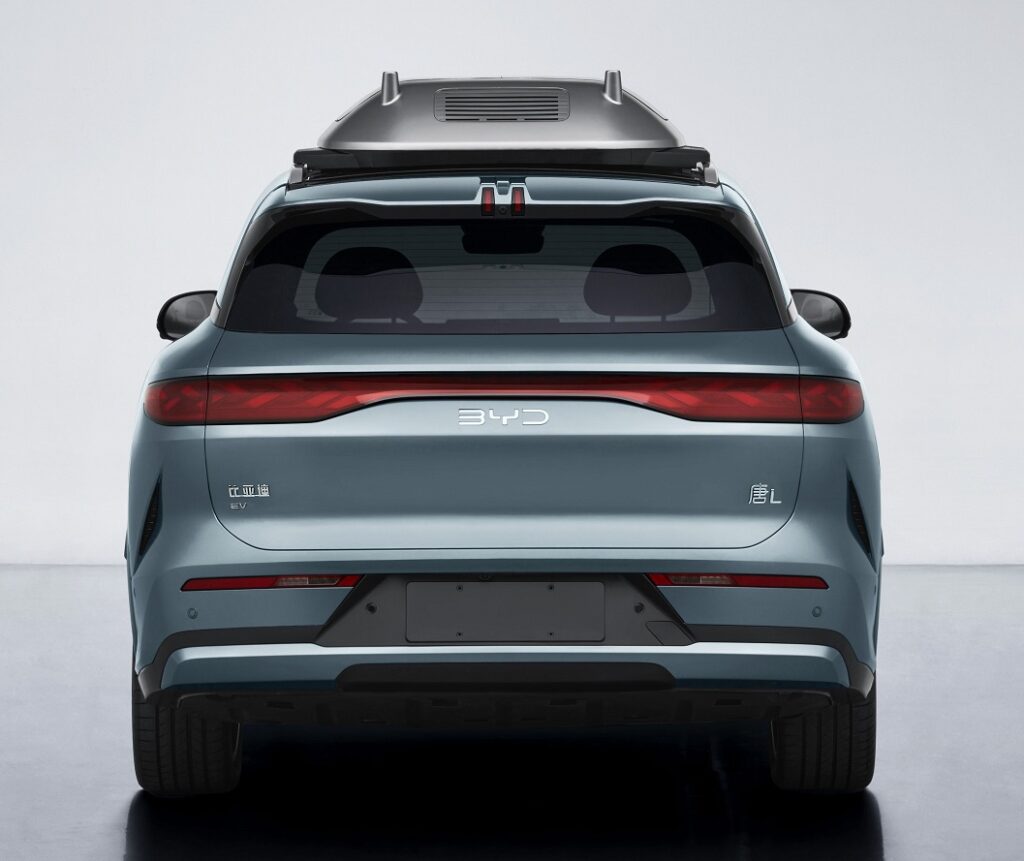
Not content with creating a super-powered saloon, BYD has applied the same drivetrain to the updated version of the Tang L SUV, meaning a 500kW rear-driven option or an 810kW dual-motor version capable of 0-100kph in 3.9 seconds.
Aside from a heavily modified exterior appearance which retains the overall appearance of the Dynasty Series design language but in a sharper, more dynamic form, the Tang L is shown with something else that catches the eye.
It’s not the roof-mounted lidar unit, which suggests an urban ADAS system might be on the cards, but the drone-box on the roof.
BYD’s Yangwang brand has showcased a drone-equipped U8 SUV before but it looks like BYD will also be adopting the same technology with the aim of turning the Tang L into a go-anywhere, hyper-powerful family SUV with next-level technological appendages.
It’ll come with seven seats, and measure 5.04 metres in length, 1.996 metres in width, 1.76 metres tall, and with a 2.95 metre wheelbase. It’ll also come in PHEV form, which we’ll discuss later.
Yundu Air
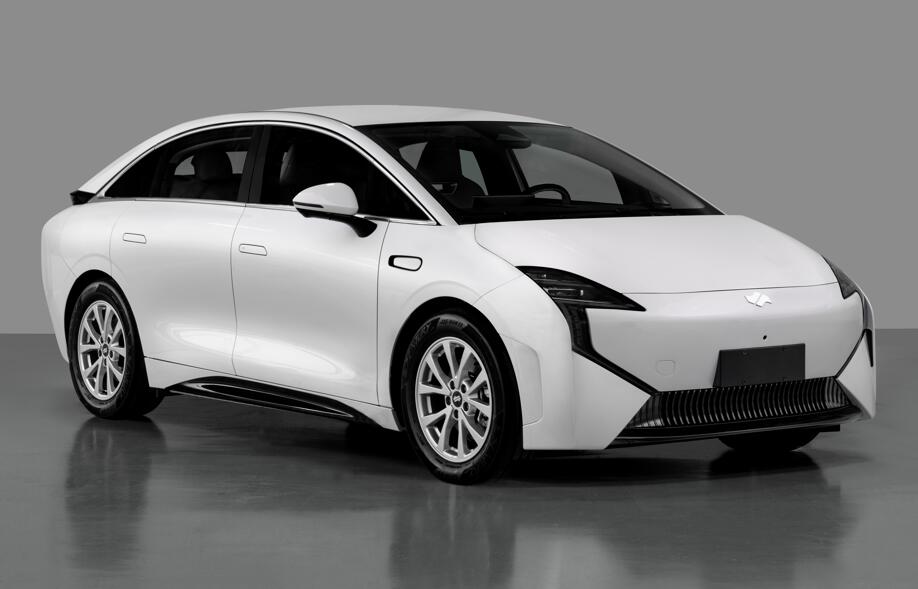
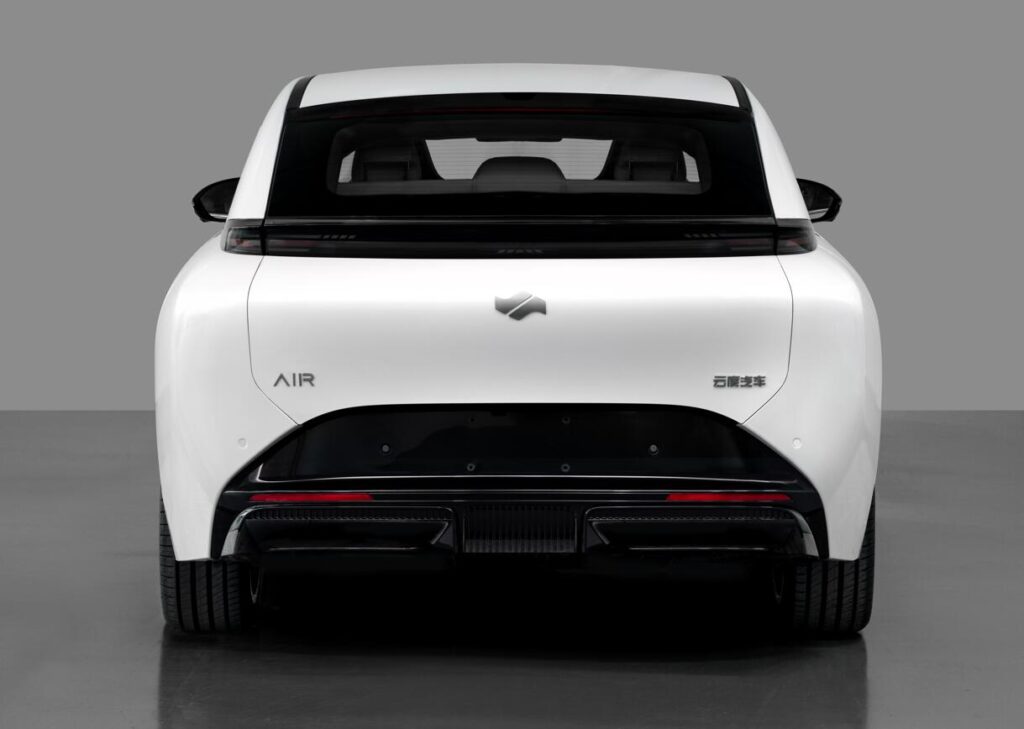
Revealed in Thailand last month but not yet presented in China, the Yundu Air, a car from Chinese airline company Juneyao Airlines, has also gained approval from MIIT.
A four-door saloon with a somewhat aerodynamic, banana-shaped profile, the Air is a fully electric car packing an LFP battery and, somewhat curiously, approved with either a 147kW or 150kW motor.
We’d have to expect it to be rear-wheel drive but that’s not a given, and it’ll most likely find use as a ride-hailing car.
At just 4.55-metres long, it’s not the largest car but it does appear to have a very short bonnet, maximising interior space, while other dimensions are 1.86 metres in width, 1.515 metres tall, and with a good wheelbase of 2.8 metres.
Yichi 01
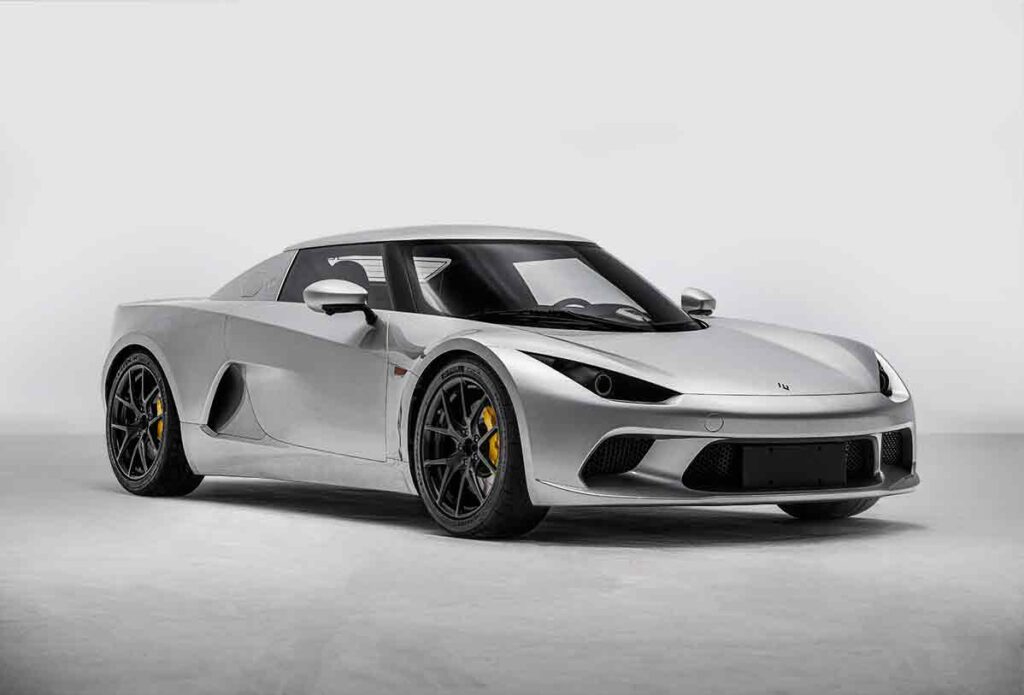
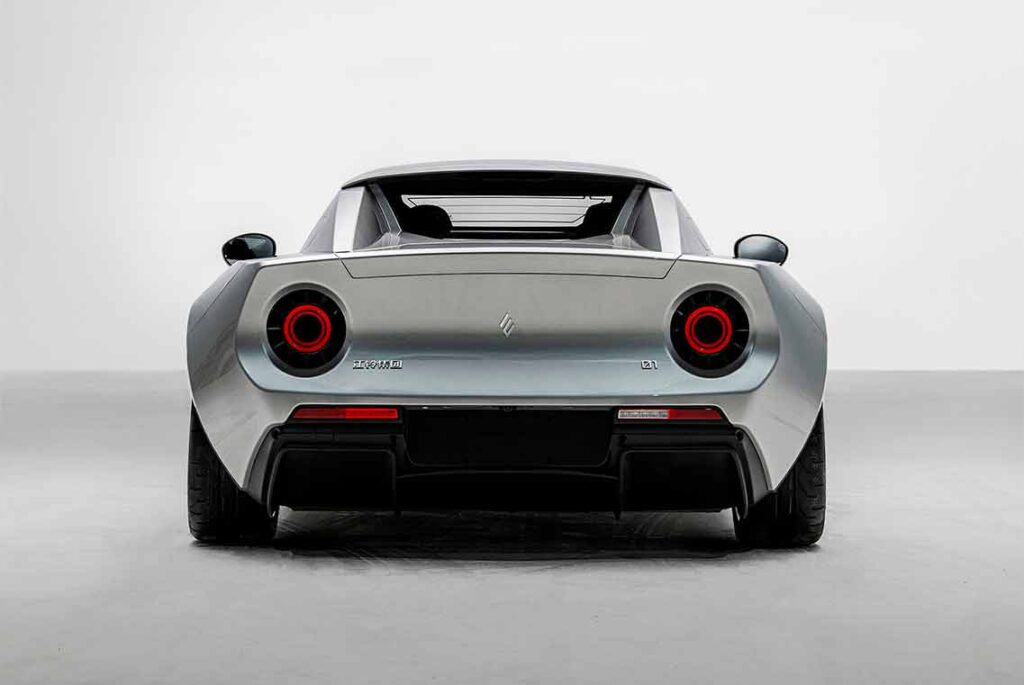
Long-awaited but not widely marketed, the fully-electric Yichi 01 two-seater sports car has taken a vital step towards sales with approval from MIIT.
At just 1.17 metres tall, it’s shorter than a Rimac Nevera and a Lamborghini Temerario, and boasts an equally compact footprint of 4.106 metres long and 1.83 metres wide.
A 2.503-metre wheelbase isn’t really that important for a sports car, but a kerb weight of 1,615kg makes it pretty light on its feet, which should enable to it to take full advantage of twin 160kW motors on the front and rear axles.
Reportedly created with financial backing from Huawei, the 01 will come with an NMC battery but there’s no information yet on battery size.
BYD e7
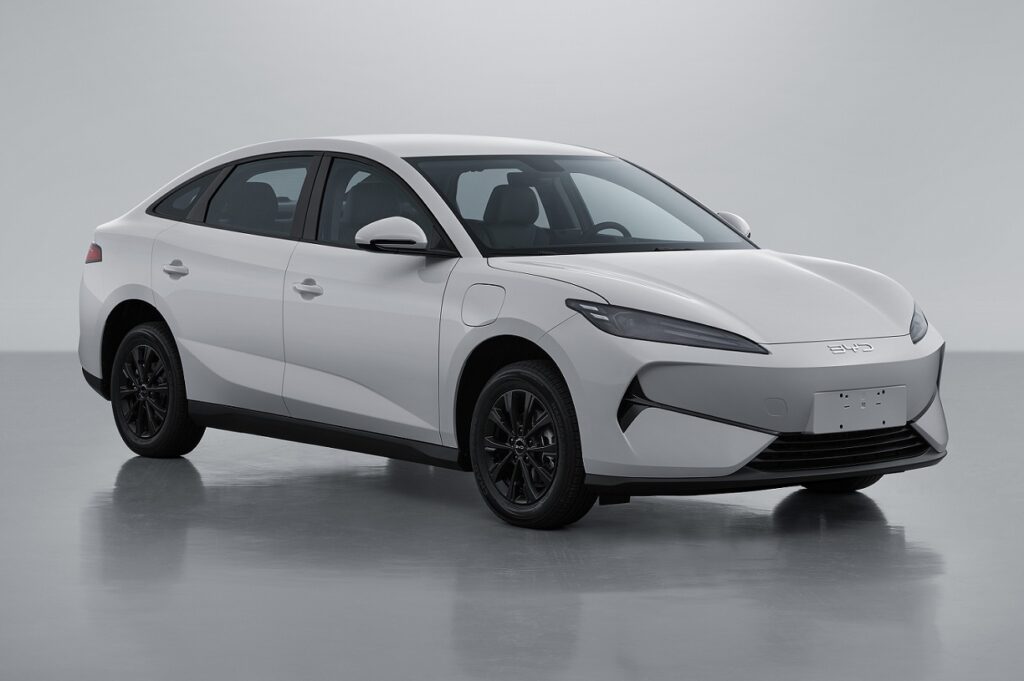

Another unexpected reveal for BYD, the e7 is a fully electric saloon with a Blade LFP battery and a 100kW motor, likely on the rear.
Measuring 4.78 metres long, 1.9 metres wide, 1.515 metres tall, and with a wheelbase of 2.82 metres, the e7 doesn’t seem to have a clear place in BYD’s already crowded line-up, but with a fairly basic spec sheet it’s most likely to be pitched at the ride-hailing market.
Nissan N7
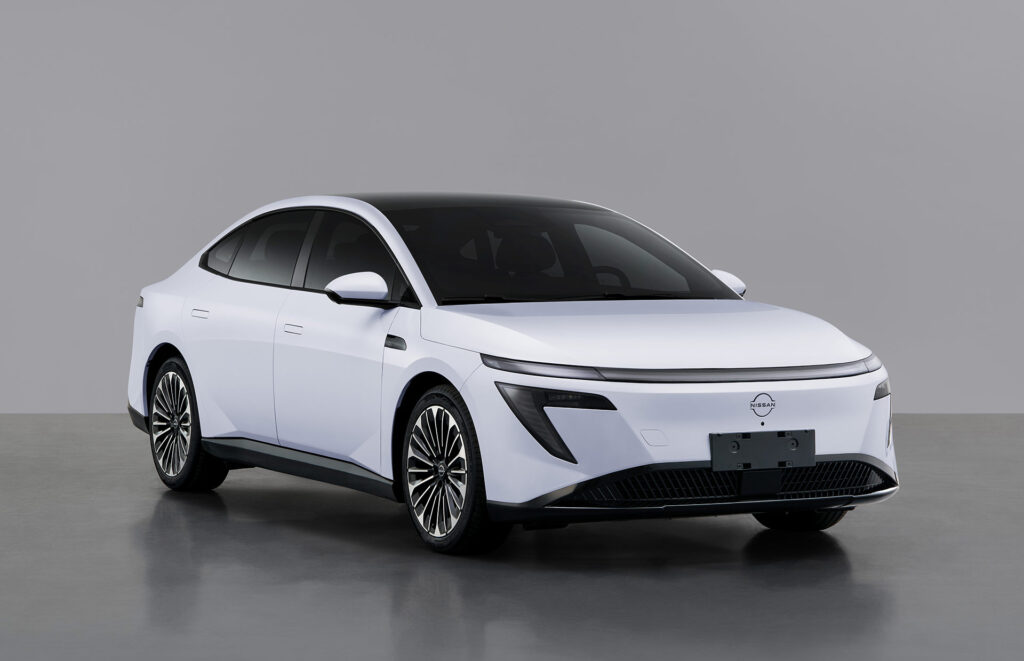
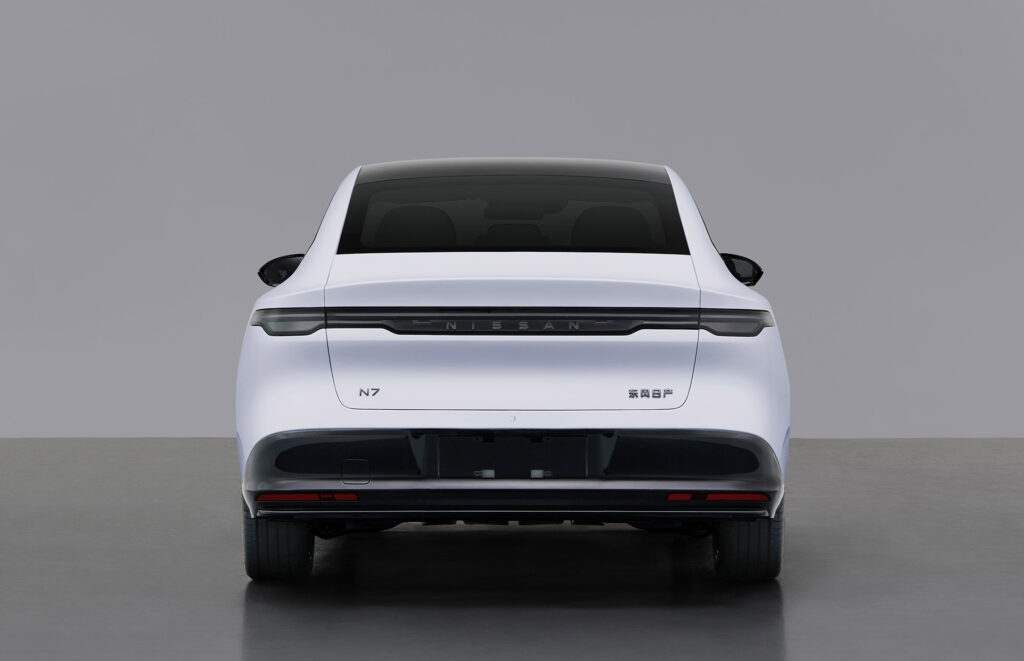
Displayed in concept form at the Guangzhou Auto Show, the Nissan N7 is shown in production-ready form barely differing from the concept model.
Built in partnership with Nissan’s local joint venture partner, Dongfeng, the N7 reportedly sits on the same platform as the eπ 007 saloon, and will come with either a 160kW or 200kW motor on the rear axle and will likely use the same 57kWh and 70kWh batteries from its donor car.
In fairness to Nissan, they’ve done a great job of differentiating the design and shape from the 007 with a very sleek and quite futuristic appearance.
It sits at 4.93 metres long, 1.895 metres wide, 1.487 metres tall, and has a wheelbase of 2.915 metres.
Hyptec HL

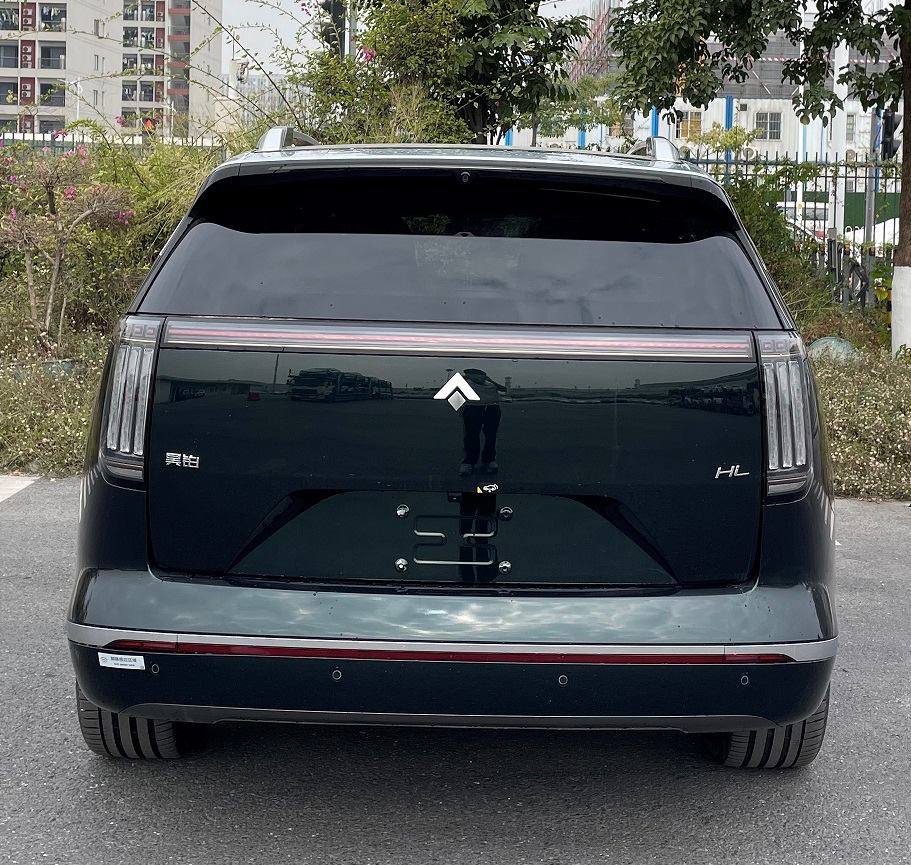
Hyptec showed their upcoming three-row electric SUV at the Guangzhou Auto Show and the HL has now appeared on the MIIT list.
Set to arrive with six-seats, it’s a big boy at 5.126 metres long, 1.99 metres wide, 1.75 metres tall, and with a wheelbase of 3.088 metres.
It’ll be offered in either single-motor rear-driven form boasting 300kW of power, or in dual-motor all-wheel drive with an extra 130kW motor on the front. It’ll also get an NMC battery of undisclosed size.
Tesla Model Y+
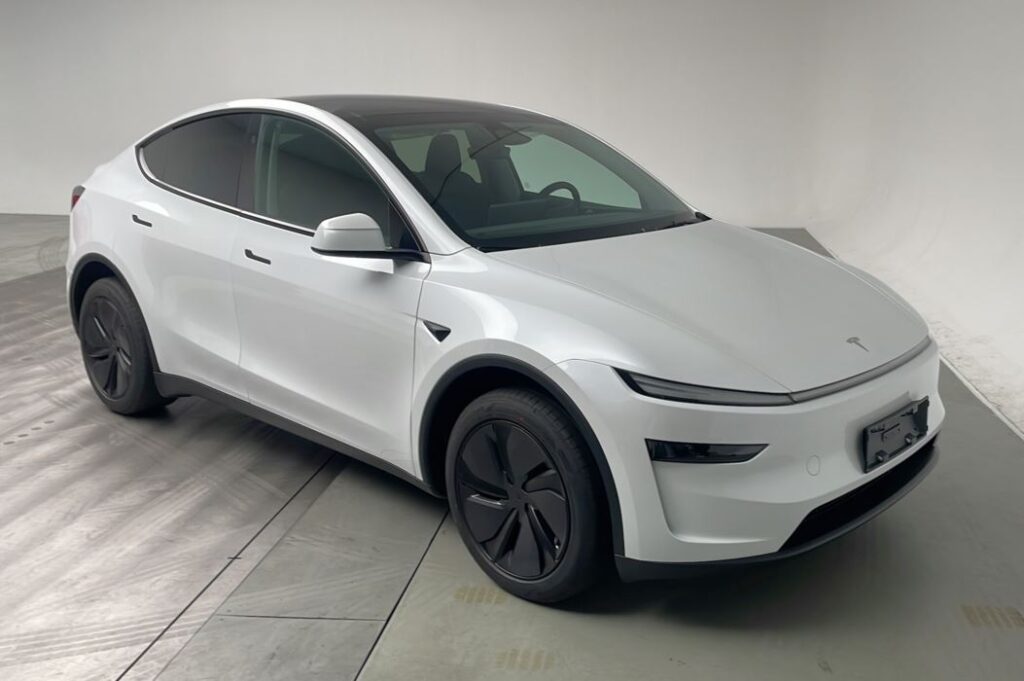
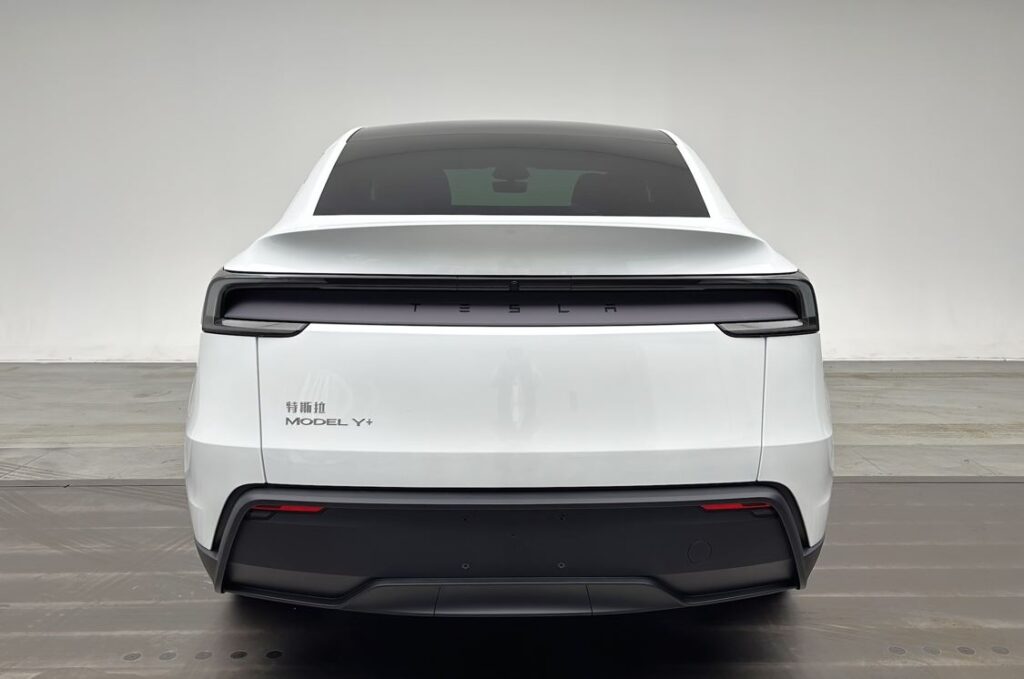
Tesla pulled the covers off their refreshed Model Y the day before the filings but the notable detail here is that dual-motor versions will come badged as Model Y+ in China.
At 4.797 metres long, the Y has grown in length over the original, and sits at 1.92 metres wide, 1.624 metres tall, and has a wheelbase of 2.89 metres.
Single-motor versions will get 220kW on the rear axle, while dual-motor versions utilise a 137kW front axle motor and a 194kW motor on the rear, as well as an NMC battery.
XPeng G7
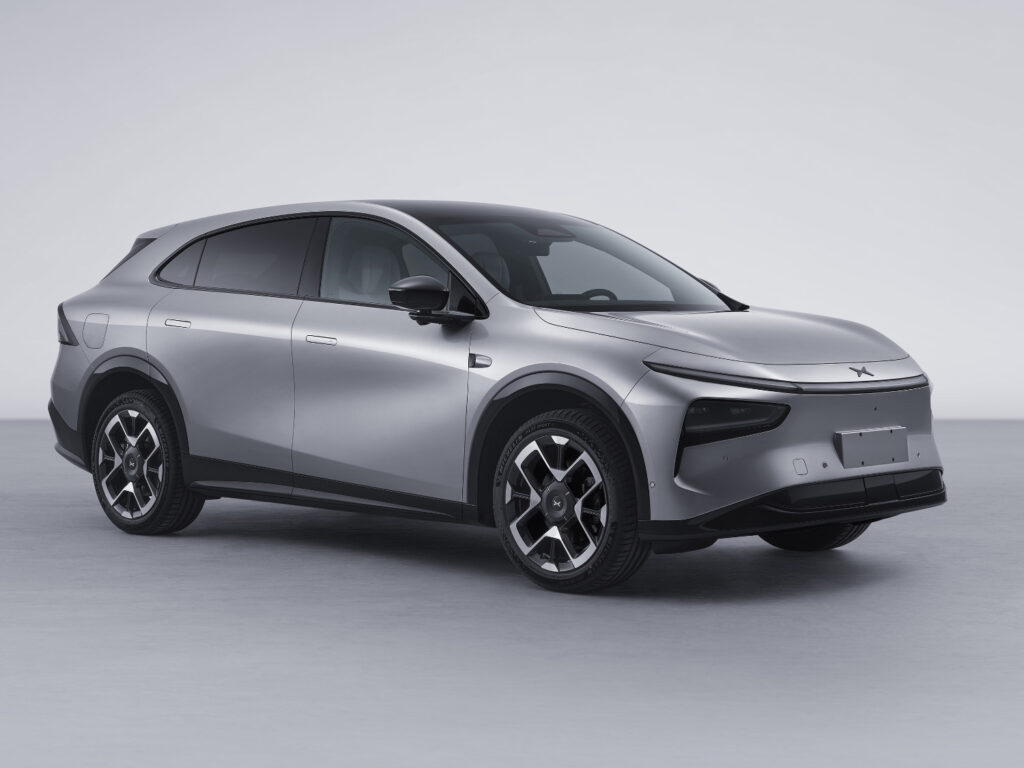
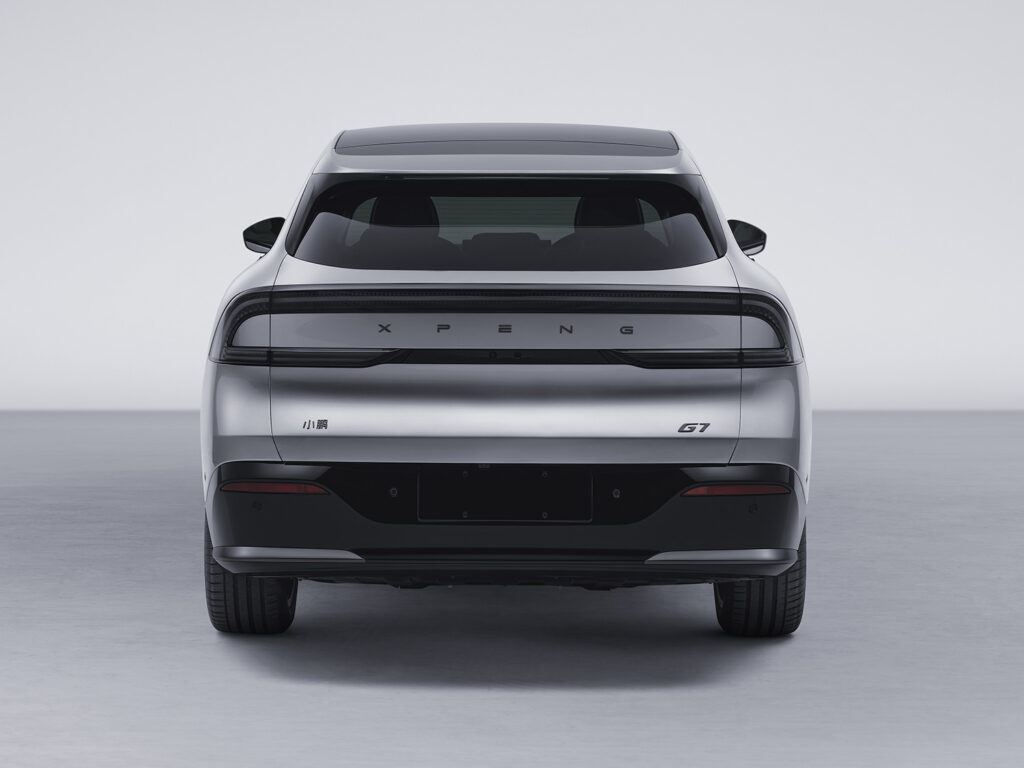
The XPeng G7 also surfaced ahead of the MIIT filings but they have confirmed to us what appears to be a single drivetrain option boasting 218kW of power on the rear axle.
At 4.892 metres long, it’s one millimetre longer than the G9, confirming our theory that it will likely focus on space like the P7+ that it follows in the range.
It’ll also be 1.925 metres wide, 1.655 metres tall, and have a wheelbase of 2.89 metres, 11 centimetres shorter than that of the P7+. It’ll get LFP batteries, likely the same 60.7kWh and 76.3kWh variants from the P7+.
AITO M8
-1024x768.jpg)
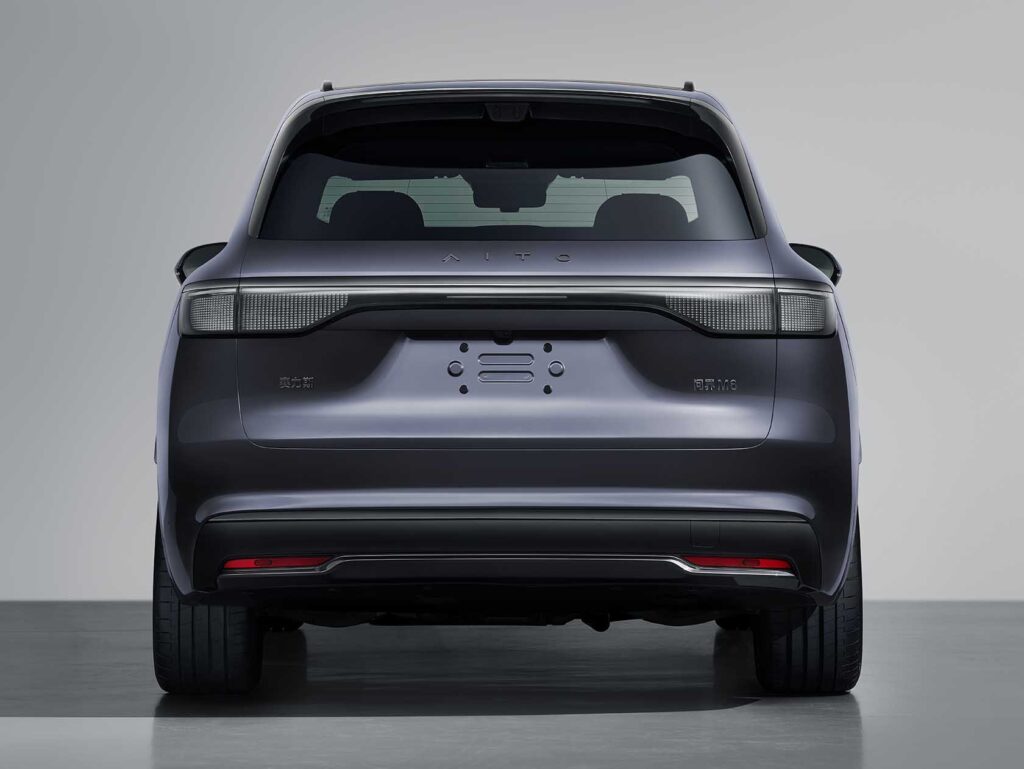
AITO has reaffirmed its commitment to the large SUV market with the M8 SUV revealed in the filings.
Coming as either a two-row five-seater or three-row six-seater, it’ll slot between the M7 and M9 in size at 5.19 metres long, 1.999 metres wide, 1.795 metres tall, and with a wheelbase of 3.105 metres.
Unlike the M9, it seems set to be offered with just the extended range drivetrain, with dual-motors, a 165kW unit on the front and a 227kW unit on the rear, with a 1.5-litre range extender engine that won’t drive the wheels.
Zeekr 007GT
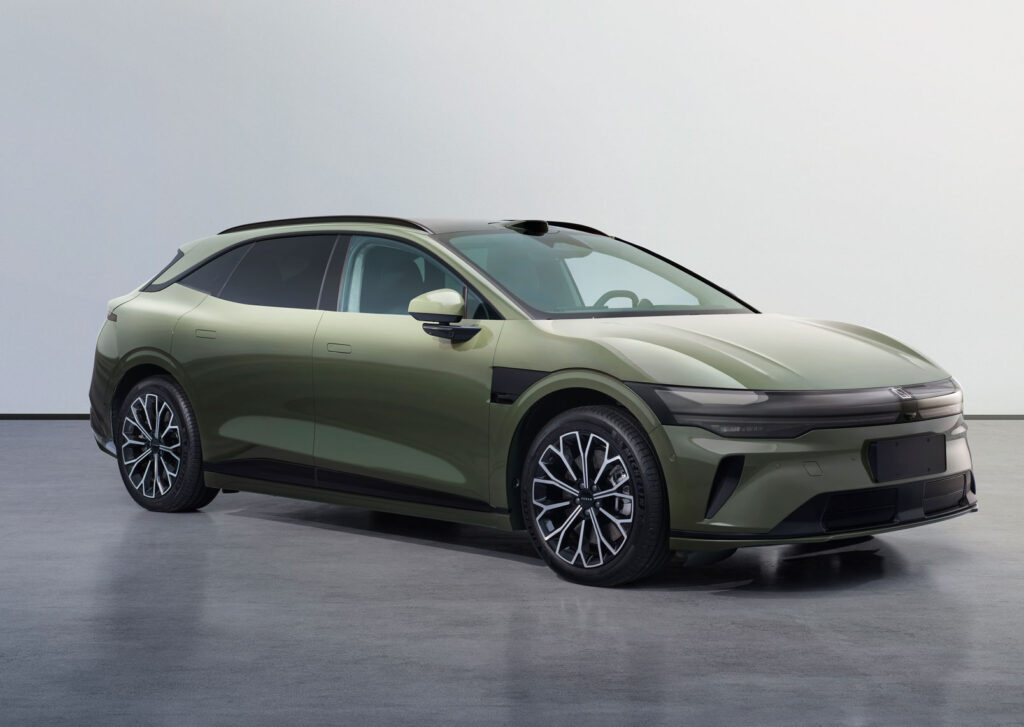
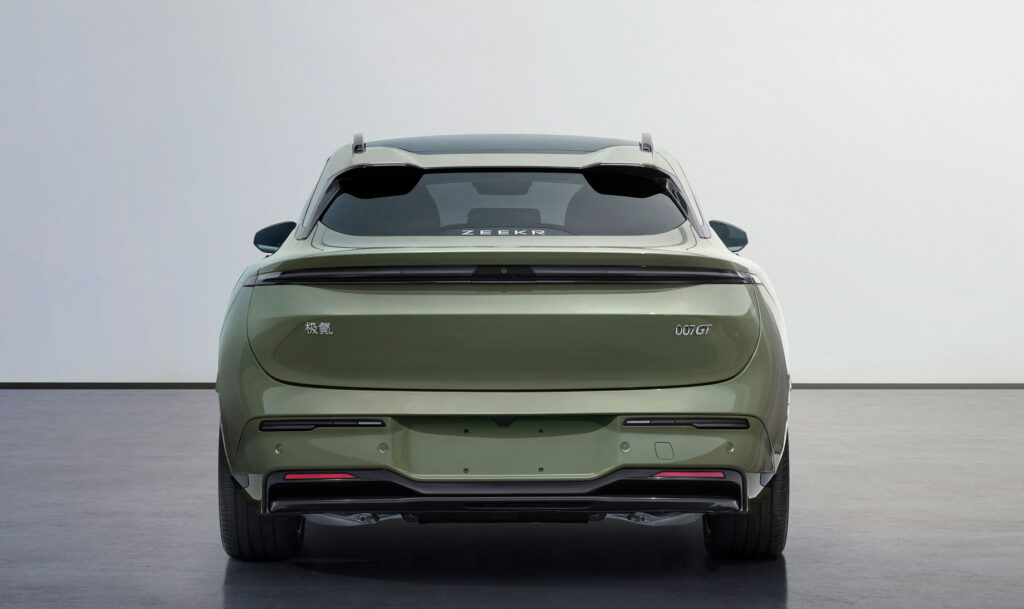
Zeekr’s 007GT, or 7GT in Europe, was revealed in advance of the filings and is shown here in an attractive green shade with matching roof, though a black roof will be offered.
4.664 metres long, 1.9 metres wide, 1.445 metres tall, and with a wheelbase of 2.925 metres, the 007GT will come with the same drivetrains as the 007 saloon, with 310kW on the rear axle in single-motor form, and an additional 165kW motor on the front in dual-motor form.
Other notable details include the options for air suspension, a luggage rack, and a B-pillar camera for facial recognition entry.
BYD Qin L EV
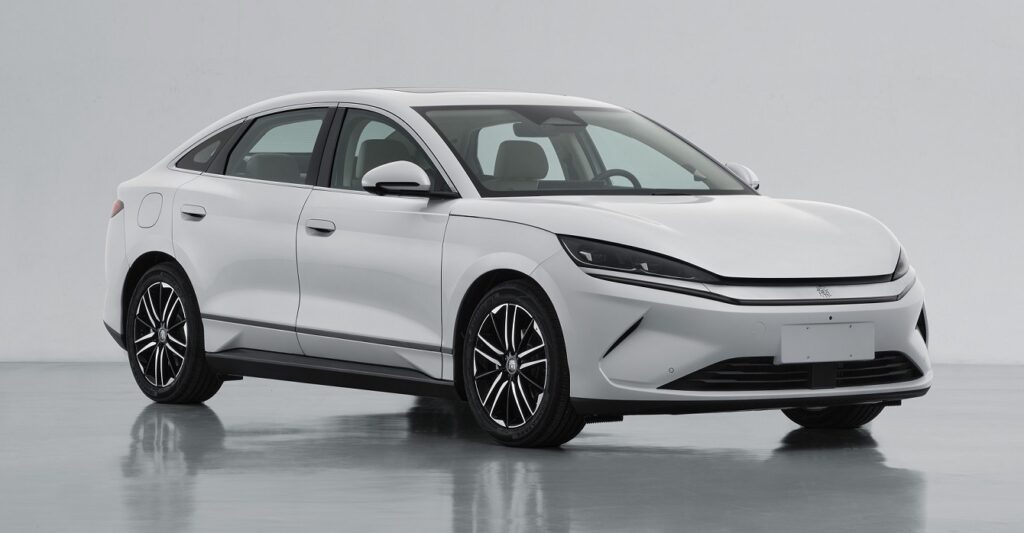
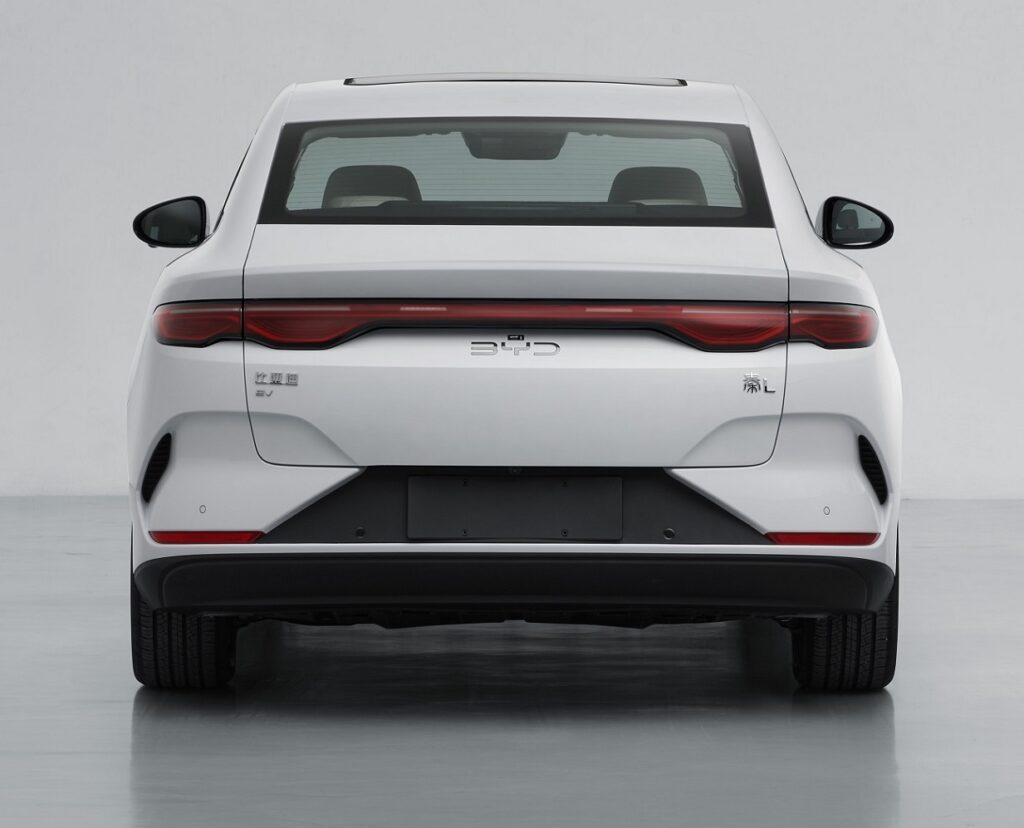
Yet another BYD on our list comes in the form of the Qin L EV version. BYD recently launched the hybrid version of its best-seller, boasting a 2000km range, and while the fully electric version isn’t likely to come close to that, it’ll no doubt be popular with ride-hailing platforms.
Motors come in either 110kW or 160kW variants, while the Qin L measures 4.72 metres in length, 1.88 metres wide, 1.495 metres tall, and has a wheelbase of 2.82 metres.
Nio firefly
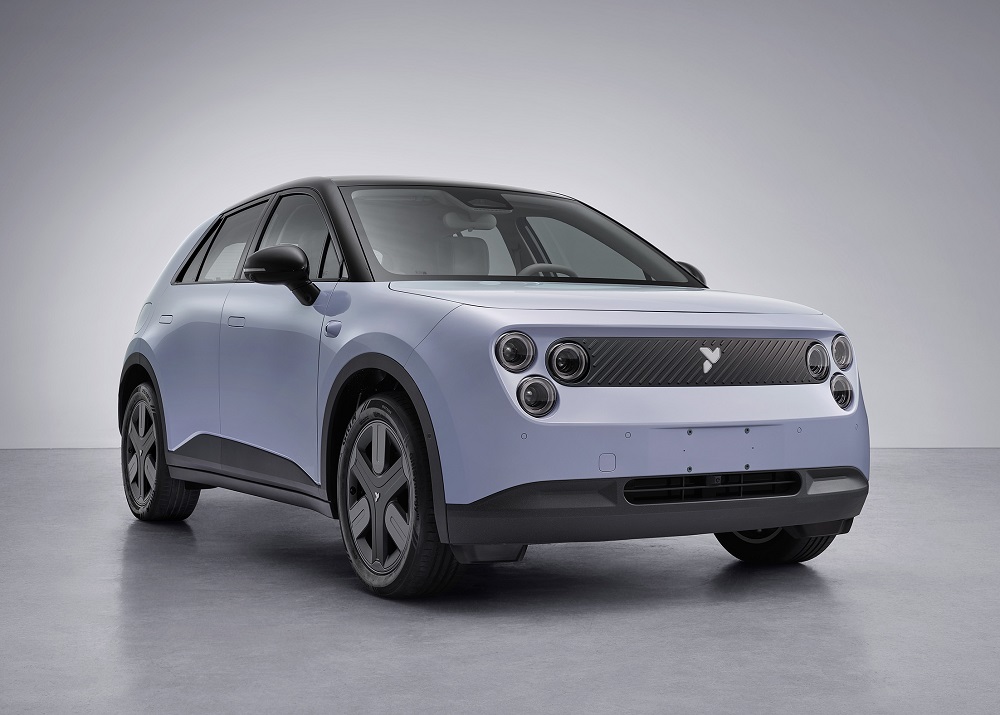
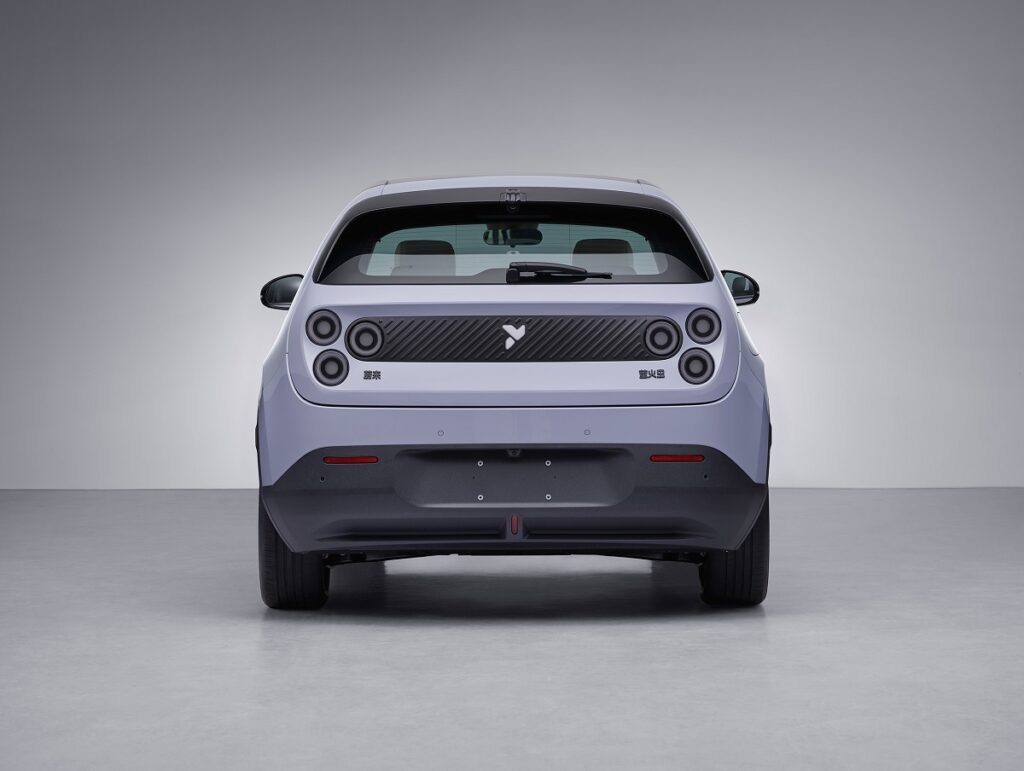
We’re no closer to knowing exactly what Nio plans to call the first firefly model, it’s merely badged with both the Chinese names of Nio and firefly respectively, but we do now know it’ll come with an LFP battery from Sunwoda, a first for a Nio, and a 105kW motor on the rear axle.
At 4.003 metres long it’s obviously the smallest Nio so far, and it’s 1.781 metres long and 1.557 metres tall, with a modest wheelbase of 2.615 metres.
It’ll get the option of a black or body-coloured roof, and a standard or panoramic roof.
BYD Han L PHEV
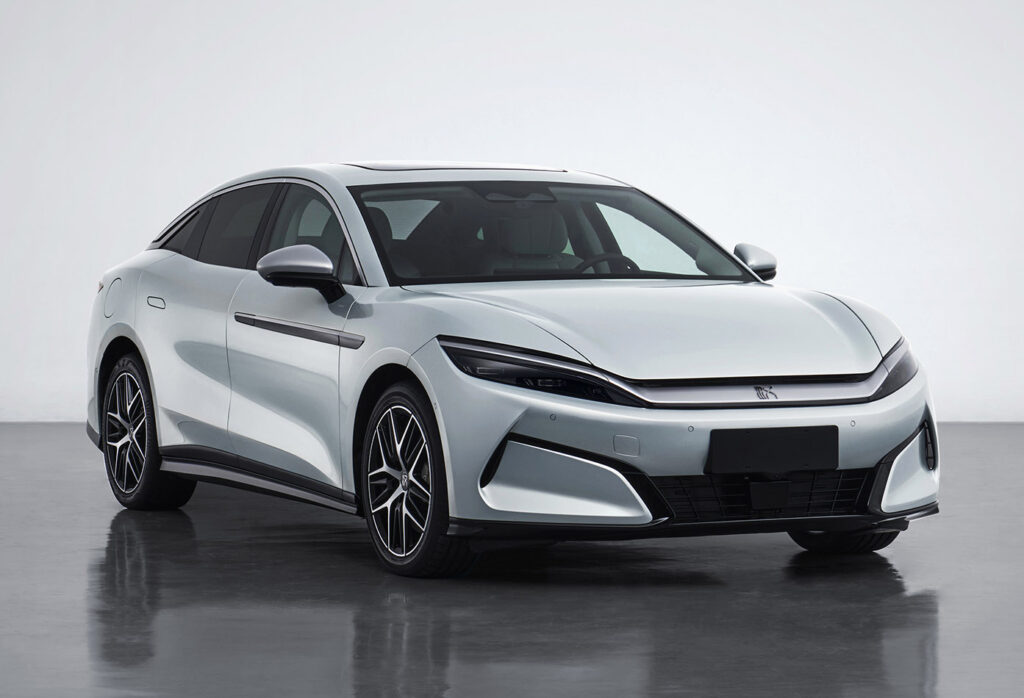
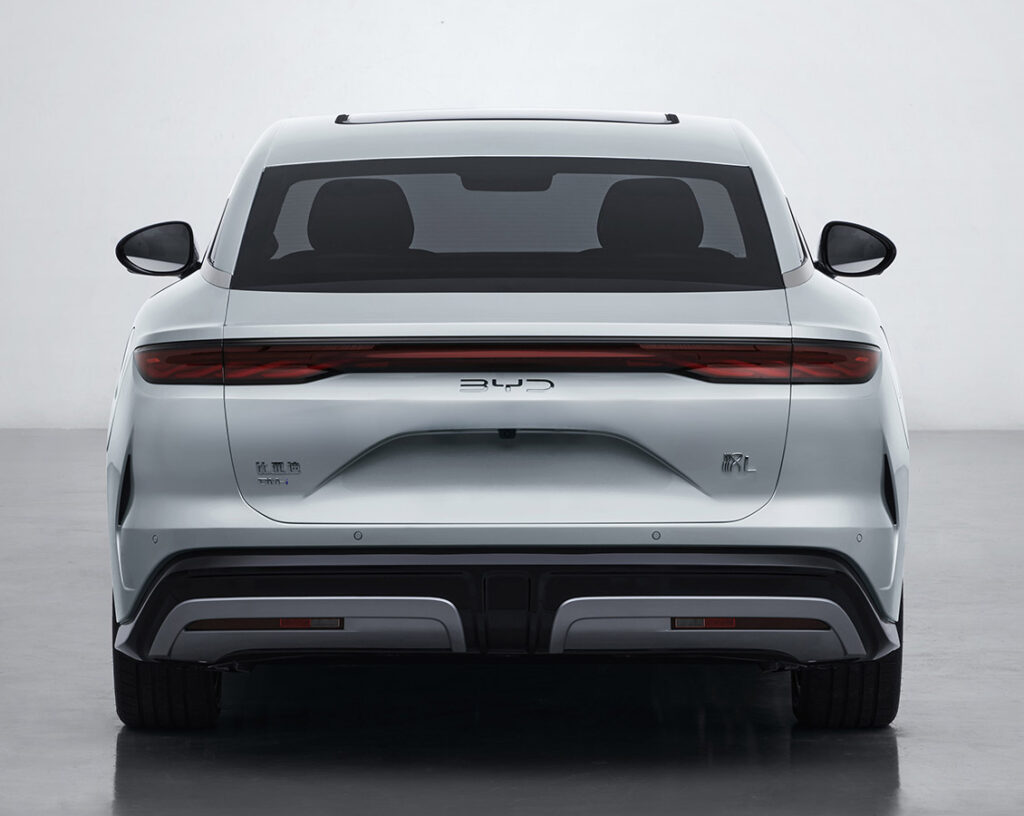
Returning to the larger BYD Han L, we also get a plug-in hybrid version utilising the latest DM-i 5.0 platform.
This one comes with a 1.5-litre, 115kW turbocharged engine that can contribute to the drive when needed, but will mostly charge a battery, possibly BYD’s 2.0 Blade battery, which will drive power to either one or two 200kW motors.
BYD Tang L PHEV
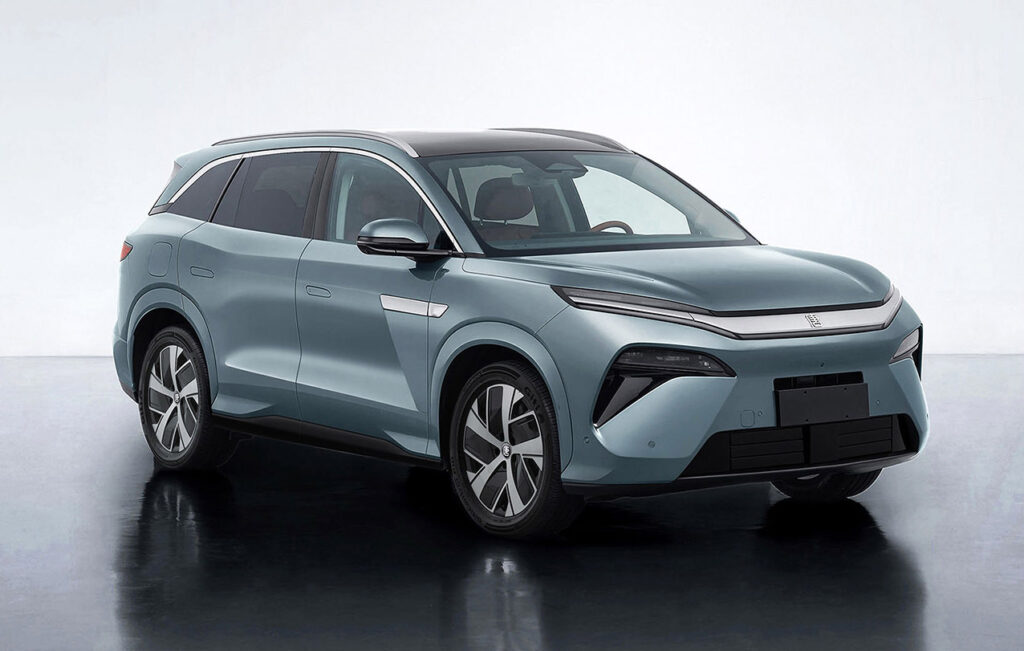
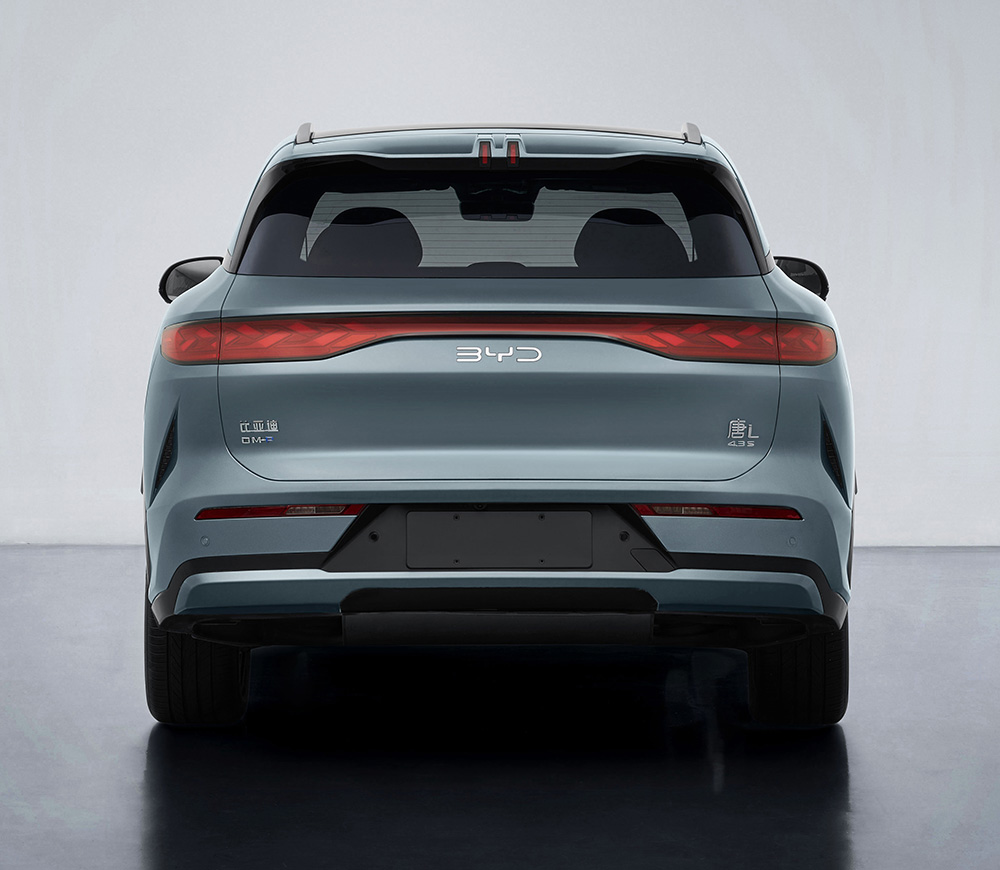
As with the Han L, the Tang L will also come with a plug-in hybrid version mimicking exactly the Han L’s setup. This one was shown without a lidar or the drone pack on the roof.

